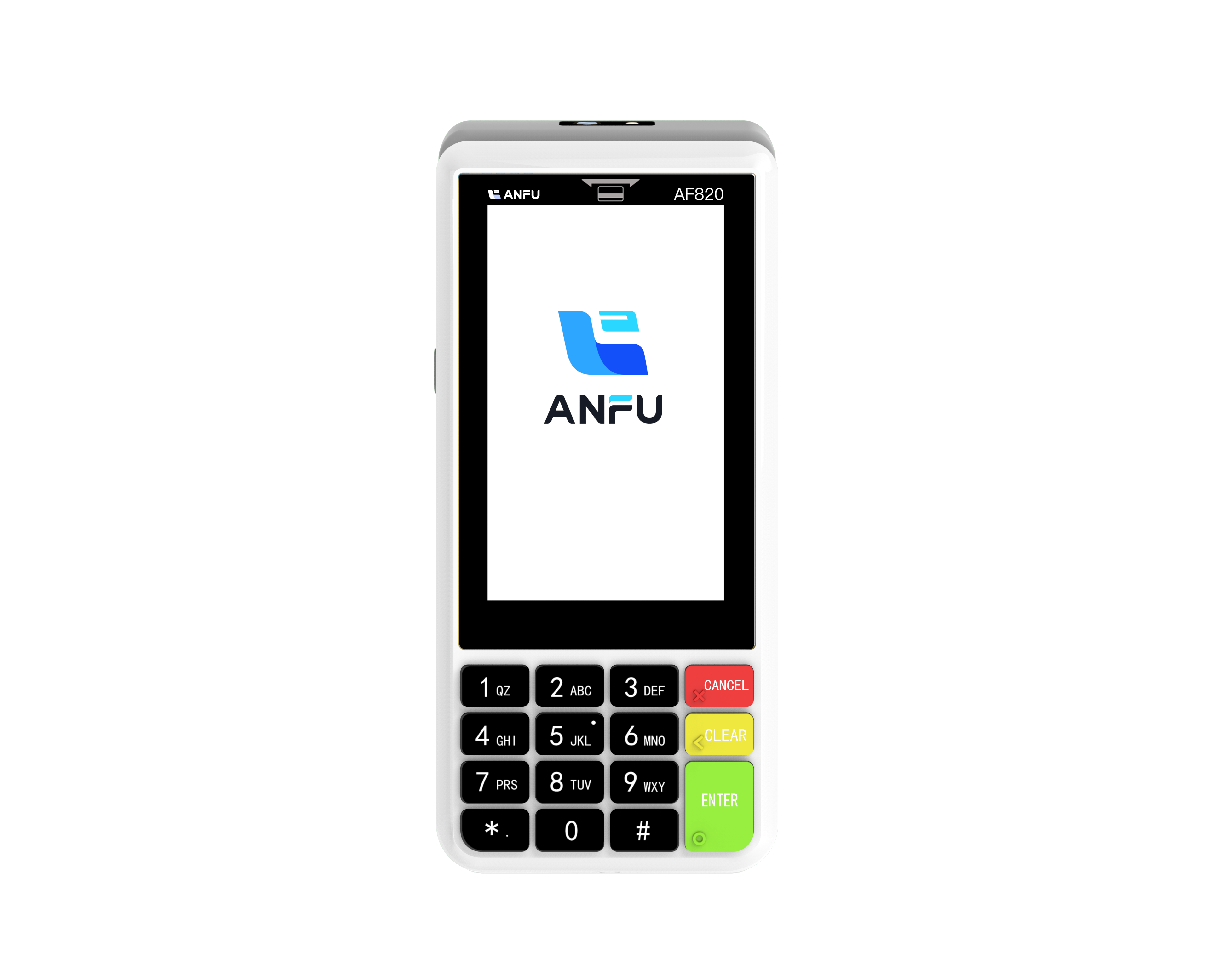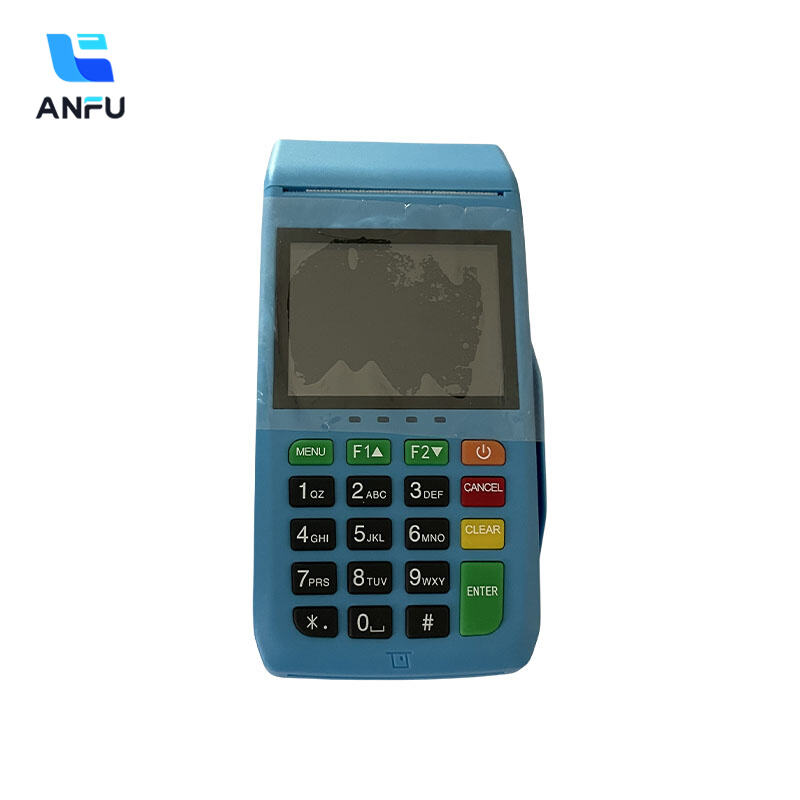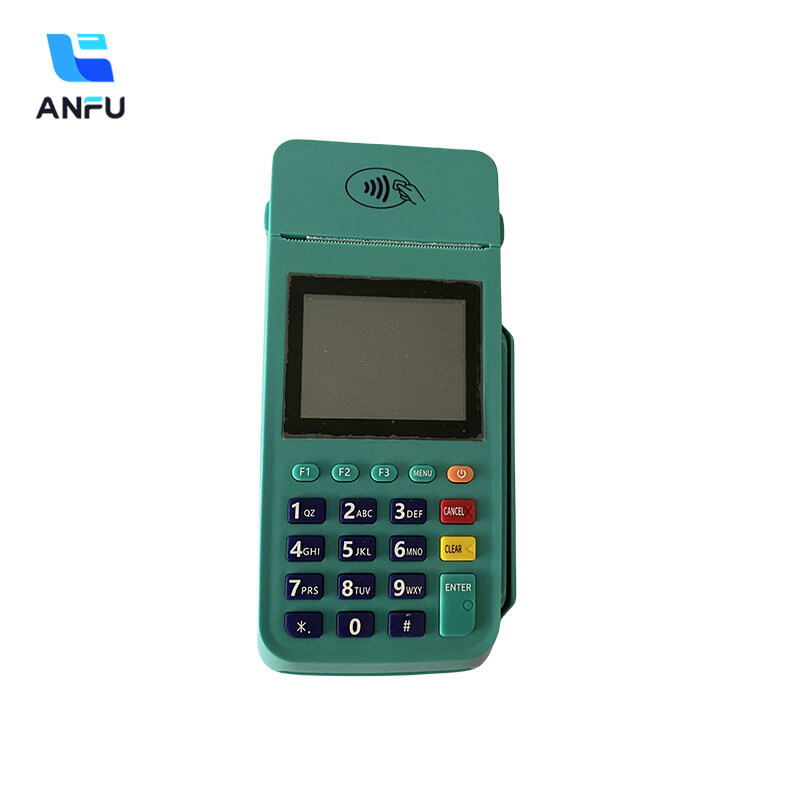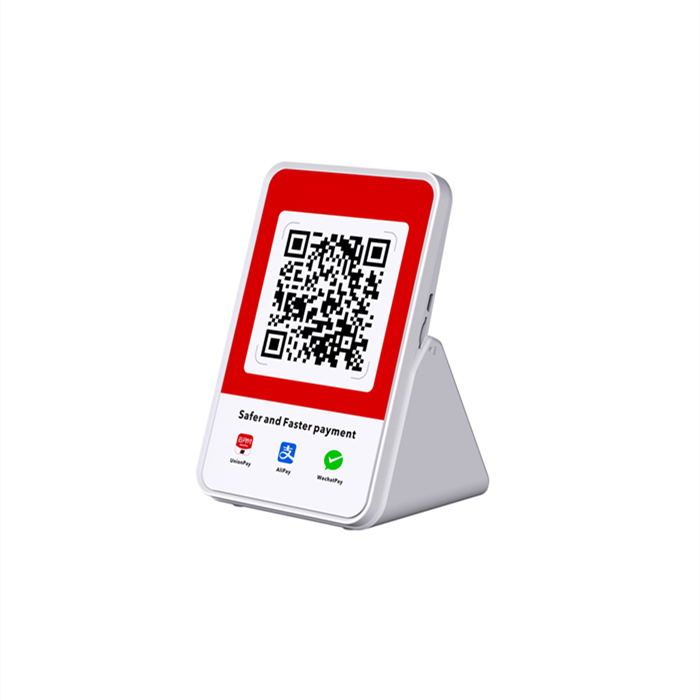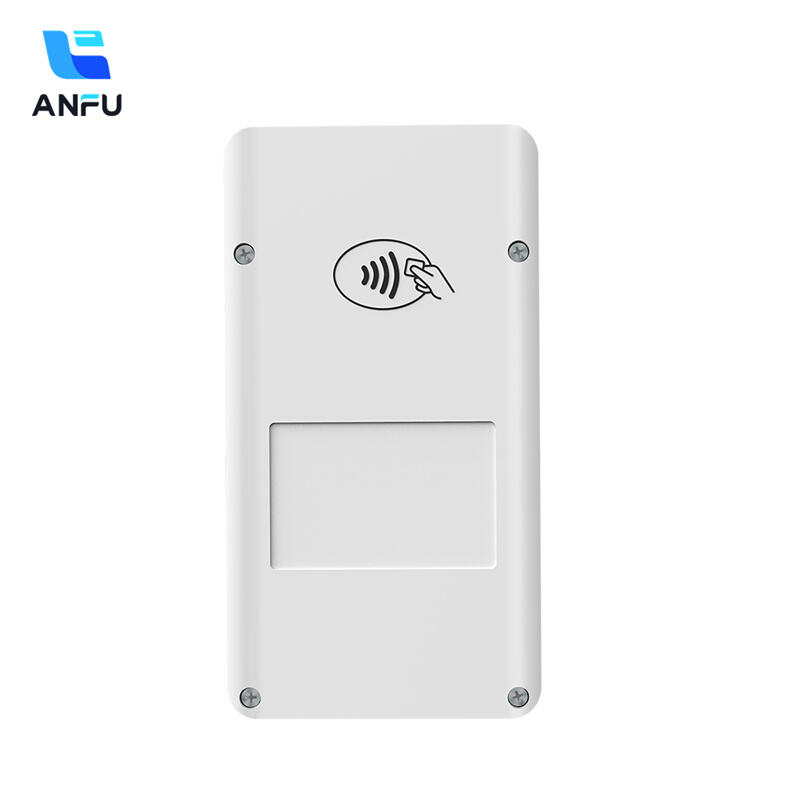Traditional POS vs. Android POS: Key Differences Explained
Core Technology and Hardware Requirements
Traditional POS Systems: Fixed Hardware Setup
Traditional POS systems rely heavily on a fixed hardware setup that includes essential peripherals such as cash registers, barcode scanners, receipt printers, and card readers. This setup forms a comprehensive station crucial for managing retail operations. Despite their robustness, these systems necessitate physical installation, often leading to increased costs associated with infrastructure upgrades and space allocation. Industry statistics reveal that businesses utilizing these fixed systems often incur higher maintenance costs. This is primarily due to the proprietary nature of the hardware, which makes repairs or replacements more expensive. Additionally, traditional systems are rarely known for their user-friendly interfaces or for offering frequent updates, factors that can hinder operational efficiency and adaptability in evolving business environments.
Android POS: Mobile Devices and Apps
In contrast, Android POS systems are paving the way for flexibility and mobility in retail operations by utilizing mobile devices like tablets and smartphones. This setup allows businesses to serve customers remotely and more efficiently. Android POS systems benefit from a continually expanding application ecosystem, enabling customization to meet specific business requirements. This adaptability is paired with the cost-effective nature of Android devices, making them especially appealing to startups and small enterprises seeking advanced technology without hefty initial investments. Another significant advantage is their ability to stay current through regular software updates and cloud-based platforms, ensuring they remain relevant in the fast-paced digital market. As the business landscape evolves, Android POS systems offer a compelling alternative to traditional setups, combining flexibility with innovation to meet the demands of today’s competitive market.
Cost Comparison: Initial and Ongoing Expenses
Upfront Investment in Traditional vs. Android POS
The financial commitment for traditional POS systems often begins with a hefty upfront investment. Businesses typically need to purchase dedicated hardware components such as cash registers, barcode scanners, and card readers, setting up a fixed operational base. This initial setup can exceed $5,000, creating a substantial barrier for new enterprises. On the other hand, Android POS systems alleviate these initial financial burdens with their flexible use of mobile devices and apps. Many providers offer software-as-a-service (SaaS) models that reduce costs, allowing businesses to begin operations with investments as low as $300. This accessible entry point is particularly favorable for startups and small businesses looking to harness advanced technology without substantial capital expenditure. Moreover, exploring payment plans, leasing options, and financing can further impact the cost of ownership for both setups, emphasizing the importance of thorough financial planning.
Long-Term Maintenance and Upgrade Costs
In considering long-term expenses, traditional POS systems often demand continuous hardware maintenance, software licensing, and periodic upgrades, which can become costly over time. The challenge lies not only in the financial aspect but also in the potential disruptions to business operations during upgrades. Conversely, Android POS systems offer a cost-effective alternative due to their reliance on software updates and cloud-based solutions. This adaptability reduces the need for physical intervention and conserves resources allocated to maintenance. A statistical analysis reveals that businesses transitioning from traditional to Android systems can save between 20-30% on these expenses. This efficiency underscores the strategic value of planning for future upgrades to ensure ongoing competitiveness in a tech-centric marketplace, making Android systems an appealing choice for modern businesses.
Operational Flexibility and Scalability
Portability and Mobility Advantages
One of the prominent benefits of Android POS systems is their portability, which allows sales transactions to occur virtually anywhere, whether inside the store or during external events. This flexibility empowers staff to provide immediate checkout services to customers, significantly reducing wait times and enhancing the overall shopping experience. A recent survey indicates that businesses incorporating mobile POS solutions observe a 25% increase in customer satisfaction due to minimized queue times and improved service delivery. In contrast, traditional POS systems tend to confine staff to specific locations, thereby limiting service flexibility and negatively impacting customer satisfaction.
Scaling Business Operations Efficiently
Android POS systems are conducive to scaling, particularly as businesses expand and evolve. These systems enable seamless integration with additional devices and apps, ensuring growth does not necessitate substantial new investments. The flexibility to add more sales channels—such as e-commerce and mobile payments—creates additional revenue opportunities, supporting business expansion. Research demonstrates that businesses employing scalable POS solutions experience a 30% faster growth in sales compared to those relying on traditional systems. Efficient scaling not only boosts revenue but also enhances competitiveness in constantly evolving marketplaces, ensuring that businesses can adapt quickly to changing market demands.
Security Protocols and Payment Compliance
Data Encryption and PCI DSS Standards
Ensuring customer data protection is crucial in payment processing, demanding adherence to PCI DSS standards. Both traditional and Android POS systems are required to comply to ensure secure transactions. Data encryption techniques play an essential role in safeguarding sensitive information. These protocols can differ notably between traditional fixed systems and more adaptable, modern Android solutions. Failure to adhere to security protocols can lead to severe consequences. According to industry standards, breaches in data security could result in fines and loss of customer trust. In fact, statistics indicate that such breaches can cost businesses an average of $3.86 million each. This highlights the vital importance of implementing a robust and secure POS system to protect both company and customer data.
Cloud-Based Security in Android POS
Android POS systems enhance protection through robust cloud-based security solutions, offering continuous updates and monitoring. This approach often secures data more effectively and makes it less vulnerable to local hardware failures, positioning it as a preferable option for modern payment systems. Studies demonstrate that implementing cloud security can potentially reduce threats by up to 40%, showcasing the benefits of adopting an Android POS system. Furthermore, these measures ensure compliance with the latest regulations, thereby building and sustaining customer trust while safeguarding sensitive transactional data. Implementing such cloud-based security is not just about regulatory compliance—it's also about solidifying a reputation for trustworthiness among consumers.
Recommended Products
Hot News
-
Smart Card 2019
2024-01-23
-
Trustech 2019
2024-01-12
-
Futurecom 2019
2024-01-12
-
Seamless Payments Asia 2020
2024-01-12
-
Seamless Middle East 2022
2024-01-12

 EN
EN
 AR
AR
 BG
BG
 CS
CS
 DA
DA
 NL
NL
 FR
FR
 IT
IT
 JA
JA
 KO
KO
 PL
PL
 PT
PT
 RU
RU
 ES
ES
 TL
TL
 ID
ID
 LT
LT
 UK
UK
 VI
VI
 HU
HU
 MT
MT
 TH
TH
 TR
TR
 FA
FA
 AF
AF
 MS
MS
 MK
MK
 HY
HY
 AZ
AZ
 KA
KA
 BN
BN
 BS
BS
 LO
LO
 MN
MN
 NE
NE
 ZU
ZU
 MY
MY
 KK
KK
 UZ
UZ
 KY
KY
